Apple has developed its own trackpad for more comfortable use of its Mac computers, which is undoubtedly the most popular choice for working with Apple computers. It is particularly characterized by its simplicity, comfort and gesture support, thanks to which control and overall work can be significantly accelerated. It also boasts Force Touch technology. As such, the trackpad reacts to pressure, according to which it offers additional options. Apple simply has no competition in this area. He managed to raise his trackpad to such a level that almost most Apple users rely on it every day. At the same time, it is also integrated into apple laptops for easy operation without any accessories.
It could be interest you
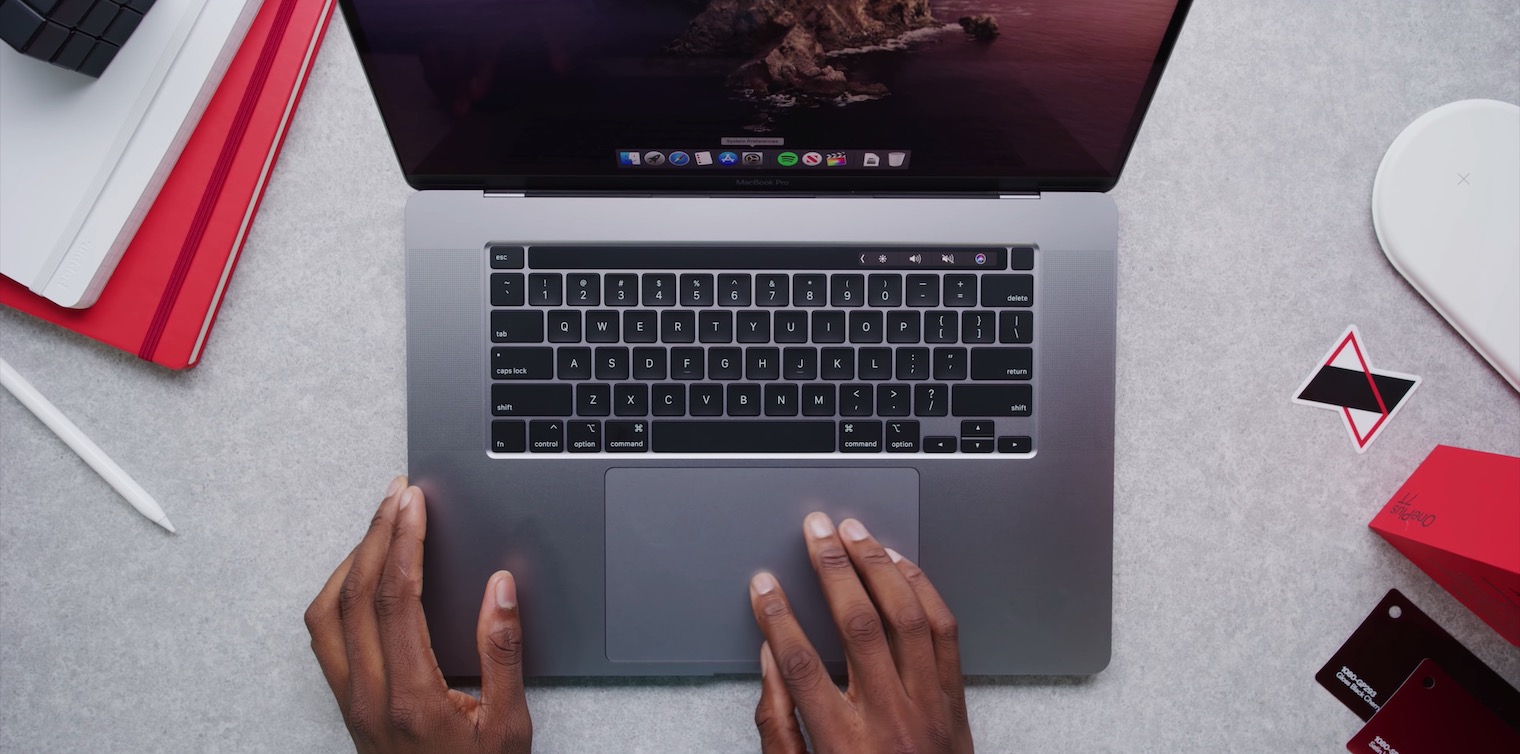
A few years ago I myself used a Mac mini in combination with a completely ordinary mouse, which was very quickly replaced by the 1st generation Magic Trackpad. Even then, he had a significant advantage, and what's more, he didn't yet have the mentioned Force Touch technology. When I subsequently switched to apple laptops for ease of portability, I used it practically every day for complete control for several years. But recently I decided to change. After years of using a trackpad, I reverted back to a traditional mouse. So let's focus together on why I decided to change and what differences I perceive.
The main strength of the trackpad
Before moving on to the reasons for the change, let's quickly mention where the trackpad clearly dominates. As we mentioned in the beginning, the trackpad benefits mainly from the overall simplicity, comfort and connection with the macOS operating system. It is an extremely simple tool that works almost immediately. In my opinion, its use is also a bit more natural, as it allows quite easily not only up and down movement, but also to the fear. Personally, I see its greatest strength in gesture support, which is extremely important for multitasking on the Mac.
In the case of the trackpad, it is enough for us as users to remember a few simple gestures and we are practically taken care of. Subsequently, we can open, for example, Mission Control, Exposé, the notification center or switch between individual screens with a single movement. All this practically instantly - just make the right movement with your fingers on the trackpad. In addition, the macOS operating system itself is adapted to this, and the synergy between it and the trackpad is thus on a completely different level. It also plays an extremely important role in the case of apple laptops. As we mentioned above, they already have an integrated trackpad by themselves, thanks to which they can be used without any accessories. With its help, the overall versatility and compactness of MacBooks is further enhanced. We can simply take it anywhere without having to carry a mouse with us, for example.
How I replaced the trackpad with a mouse
About a month ago, however, I decided to make an interesting change. Instead of a trackpad, I started using a wireless keyboard in combination with a traditional mouse (Connect IT NEO ELITE). At first I was apprehensive about this change, and quite frankly I was sure that within minutes I would be back to using the trackpad I've been working with every day for the last four years. In the final, I was very pleasantly surprised. Although it didn't even occur to me until now, I was much faster and more accurate when working with the mouse, which saves quite a bit of time at the end of the day. At the same time, the mouse seems to me to be a more natural option, which fits well in the hand and makes it easier to work with.
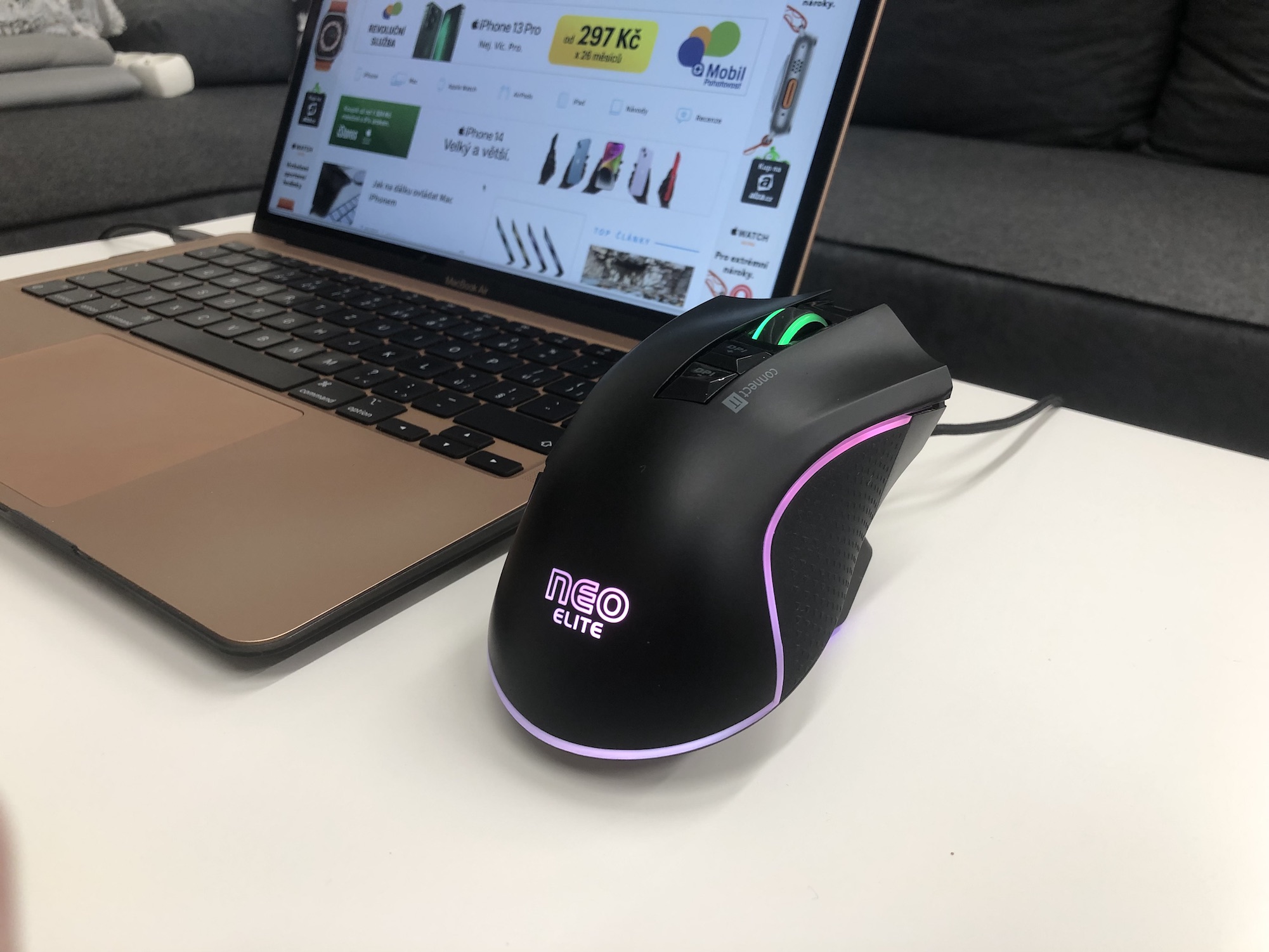
But as I mentioned above, using a mouse brings with it a considerable toll. In an instant, I lost the ability to control the system through gestures, which was the foundation of my entire workflow. For work, I use a combination of three screens, on which I switch between apps via Mission Control (swipe up on the trackpad with three fingers). All of a sudden, this option was gone, which quite frankly put me off the mouse quite strongly. But first I tried to learn the keyboard shortcuts. You can switch between screens by pressing Ctrl (⌃) + right/left arrow, or Mission Control can be opened by pressing Ctrl (⌃) + up arrow. Fortunately, I got used to this way very quickly and subsequently stayed with him. An alternative would be to control everything with a mouse and have a separate Magic Trackpad next to it, which is not entirely unusual for some users.
It could be interest you
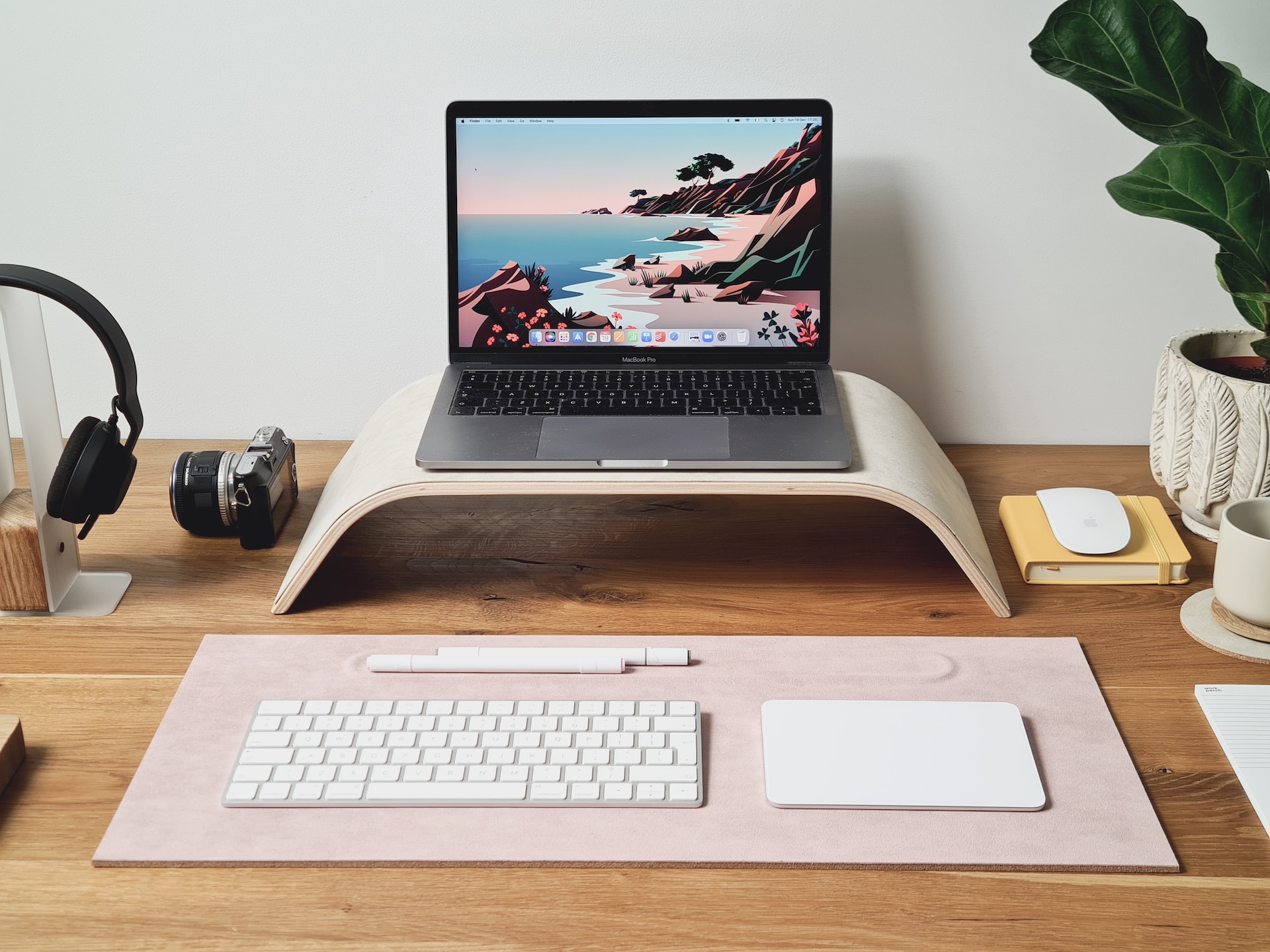
Primarily mouse, occasionally trackpad
Although I primarily switched to using the mouse and keyboard shortcuts, I occasionally used the trackpad itself. I only work with the mouse at home, rather than carrying it with me all the time. My main device is a MacBook Air with an already integrated trackpad. So no matter where I go, I still have the ability to control my Mac very easily and comfortably, thanks to which I am not at all dependent on the aforementioned mouse. It is this combination that has worked best for me in recent weeks, and I have to admit that I am not at all tempted to go back to the trackpad completely, on the contrary. In terms of comfort, it could be taken to the next level by buying a professional mouse. In this case, for example, the popular Logitech MX Master 3 for Mac is offered, which can be adapted for the macOS platform thanks to programmable buttons.
If you're a Mac user, do you prefer the trackpad, or do you stick with the traditional mouse? Alternatively, can you imagine switching from a trackpad to a mouse?
It could be interest you
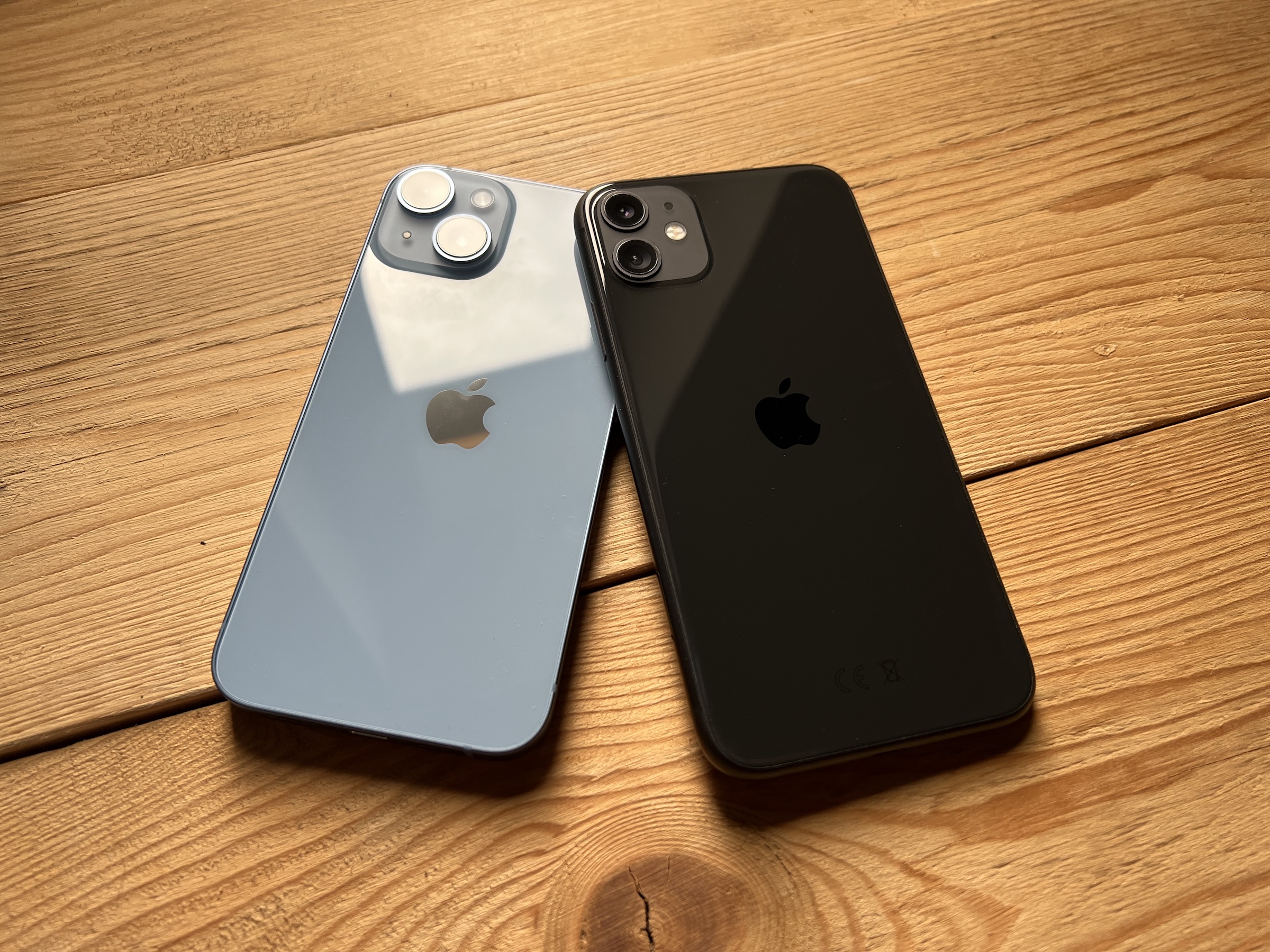

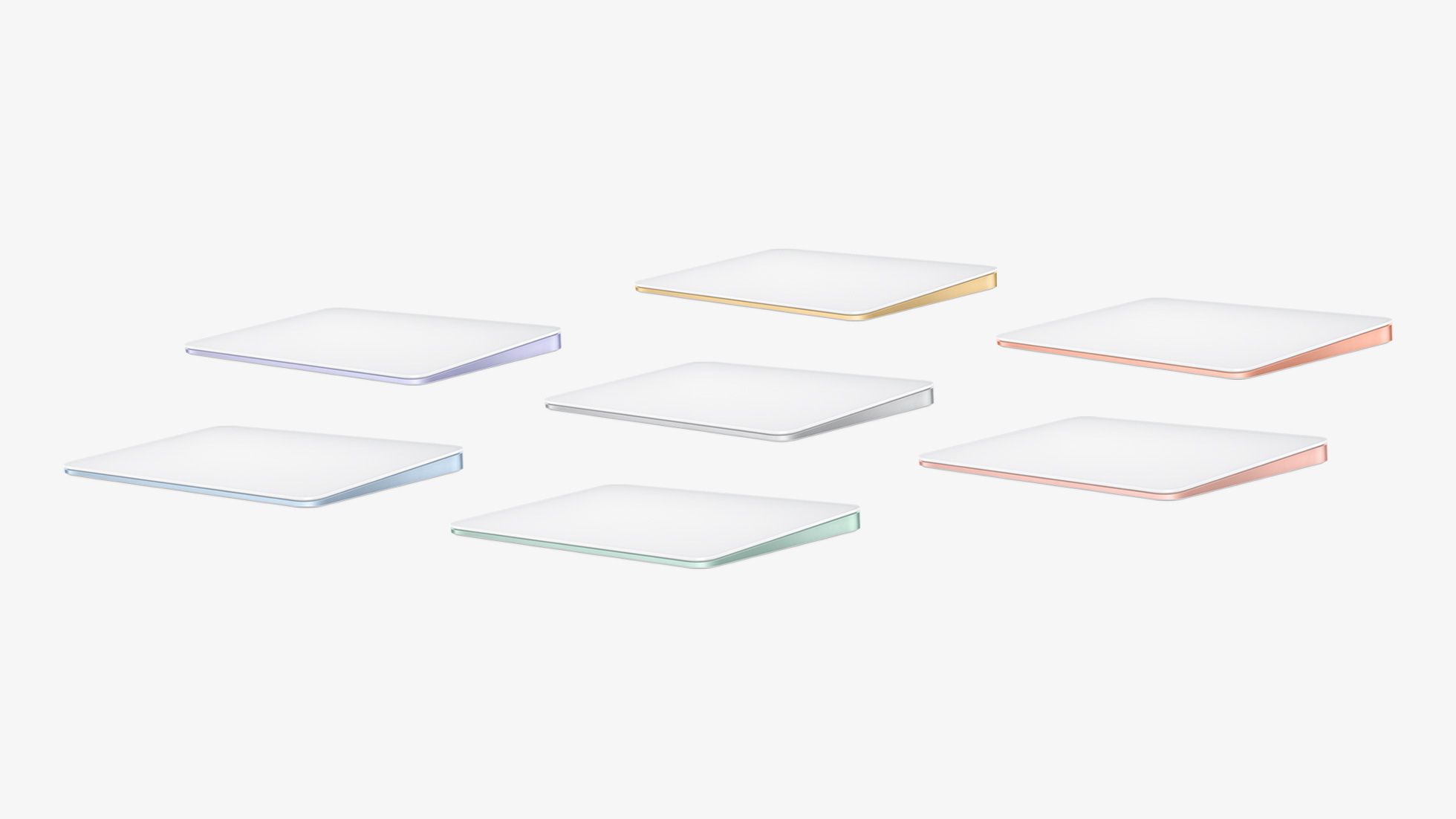
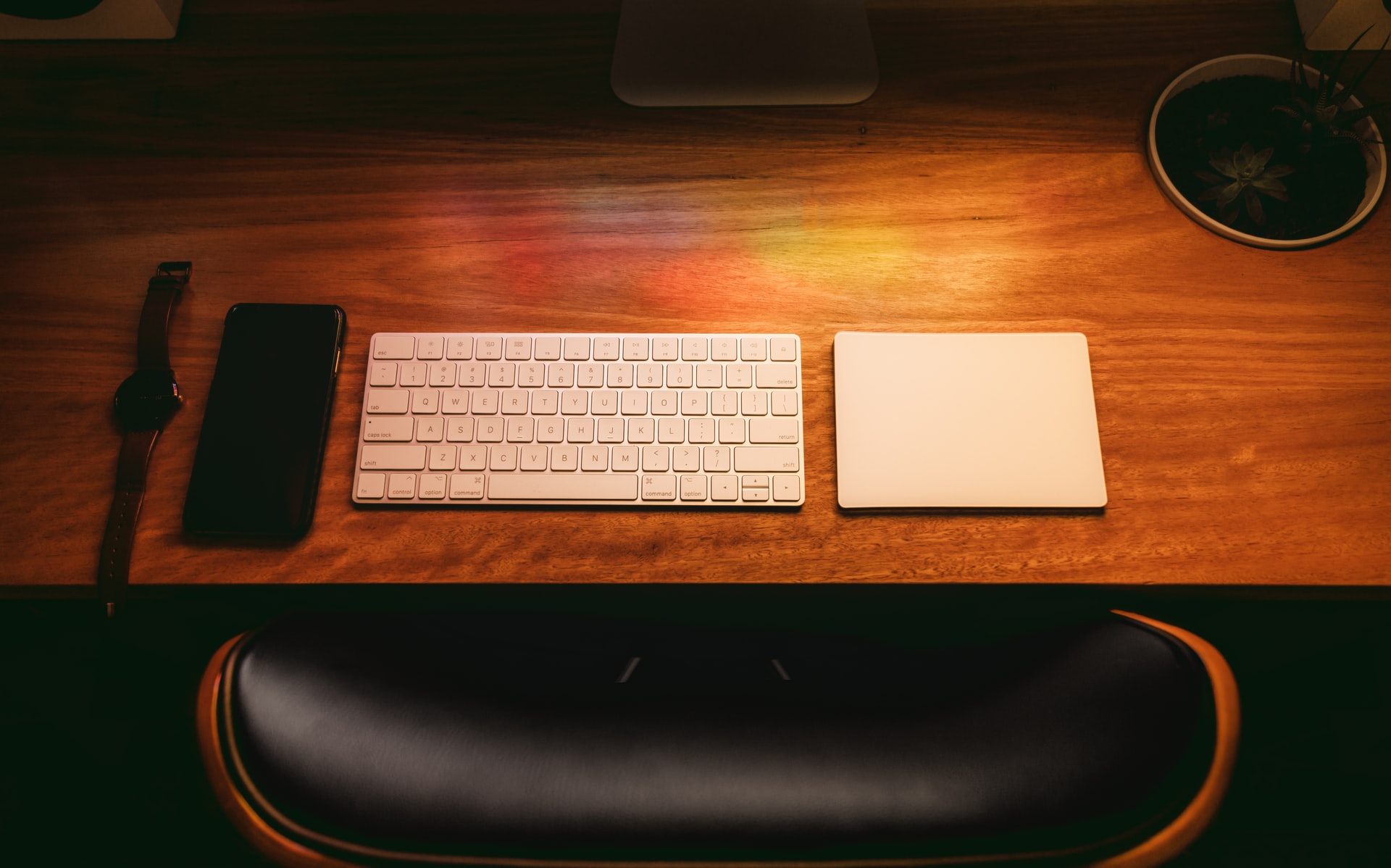


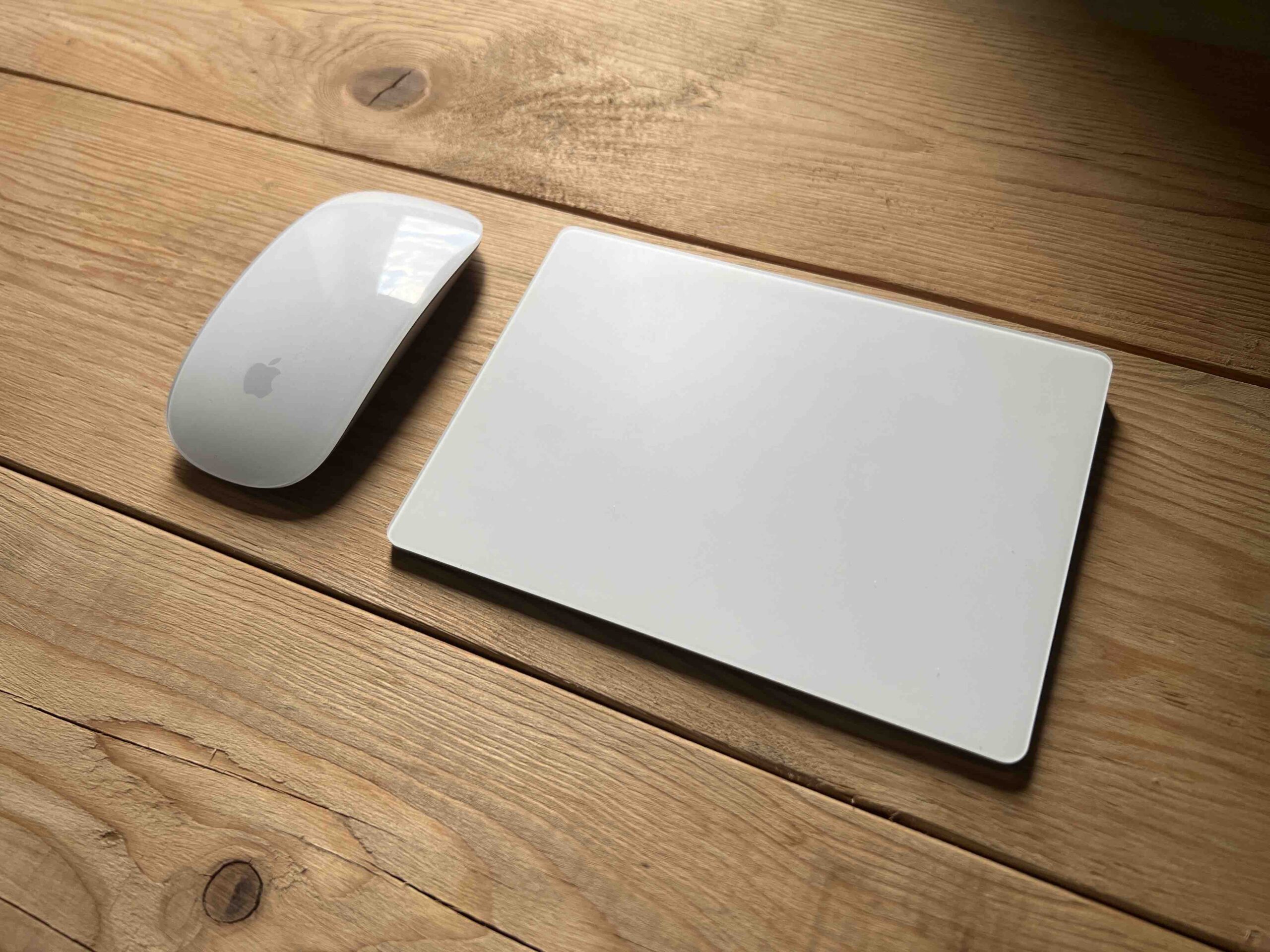
 Adam Kos
Adam Kos
I have both a Magic Mouse and a Magic Trackpad, and I use the trackpad about 90% of the time, it's just more convenient. A classic mouse or vertical because of the wrist, I tried it too and it's uncomfortable, I miss the gestures.
A trackpad on the left hand (for gestures), a Wacom Inuous tablet on the right hand (precise and fast pen control). When I go to someone else's computer with a mouse, it's like eating soup with a wooden spoon.
For about 4 years now, I have been purely on the platform, but I have a support in front of it, and it is essential to set 3 fingers for dragging. I'm at the computer most of the day and I'm completely pain free.
I used the Magic Mouse with my 1st working Mac. At first I thought it was terrible, but I gave it a chance and when after a few weeks I needed to use a normal mouse at home, I wanted to throw it out the window - I missed the gestures terribly.
However, the ergonomics of the Magic Mouse are not ideal, but due to the lack of gestures elsewhere, I still did not want to give it up.
Until I found out that the Logitech MX Master is an ergonomic mouse that supports gestures (albeit implemented a little differently). And I can warmly recommend it - after a year I won't let it go.
I primarily use the Magic Mouse. I have a specific mouse grip and the Magic Mouse suits me perfectly ergonomically and it also cured my problem with a sore wrist. System integration and gestures are simply TOP.
Since I work on MBPro 14 with an integrated keyboard, I alternate the Magic Mouse with the trackpad about 80:20.
For a while, I also used a pure trackpad, but the combination mentioned above suits me best. The nice thing about the trackpad is that it can do even more gestures.
I've tried several other mice including the Logi MX Master, but they never fit into the macOS environment.